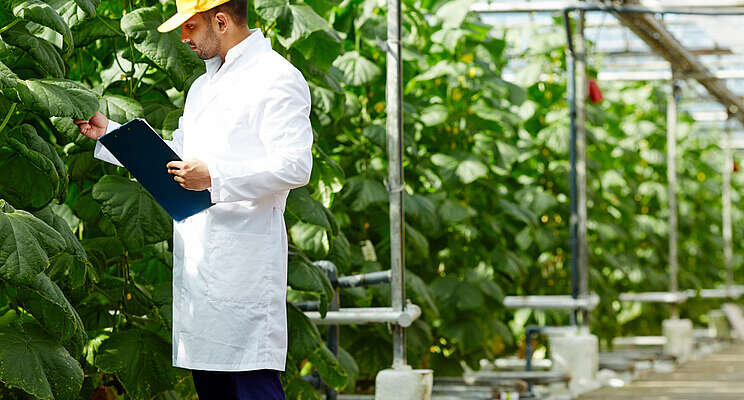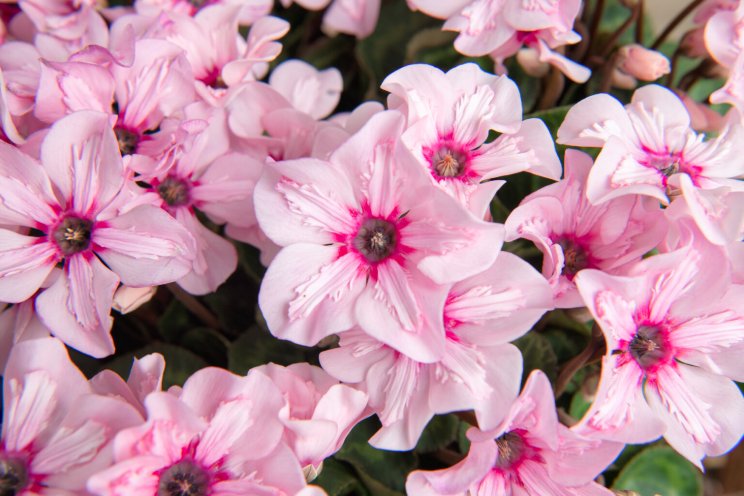Five strategies for thwarting viruses in the greenhouse
Added on 30 June 2022

Select Resistant Varieties and Certified Virus-Free Plant Materials
The best way to deal with viral plant pathogens is to start with virus-free plant materials. When it comes to cuttings, some industry suppliers offer virus-indexed plant material, produced via tissue culture to eliminate viral pathogens from the plants. Another option is to start from seeds, since virus transmission via seed is quite limited. A third option is just emerging for horticulture: virus-resistant breeding. An early example of this type of breeding effort was in papaya, which helped save the Hawaiian papaya industry from papaya ringspot virus (PRSV) in the early 1990s. More recent introductions of virus resistant genetics include some vegetables and flowers.
Maintain a Clean Production Area
Hard surface sanitation is key to preventing the spread of virus amongst your crops. Viruses are carried by sap or leaf and stem trimmings and can remain viable on many hard surfaces. Between each production cycle, remove all debris and wash down production surfaces with cleaners and then sanitizers approved for virus sanitation. During production, sanitize scissors and pruners between each plant during trimming and other maintenance activities. Sanitizers list target pathogens on their labels; quaternary ammonium, hydrogen peroxide, and peracetic acid products are able to destroy certain viruses on contact.
Continue reading.
Photo created by pressfoto - www.freepik.com
Source: GreenHouse Grower
More news















